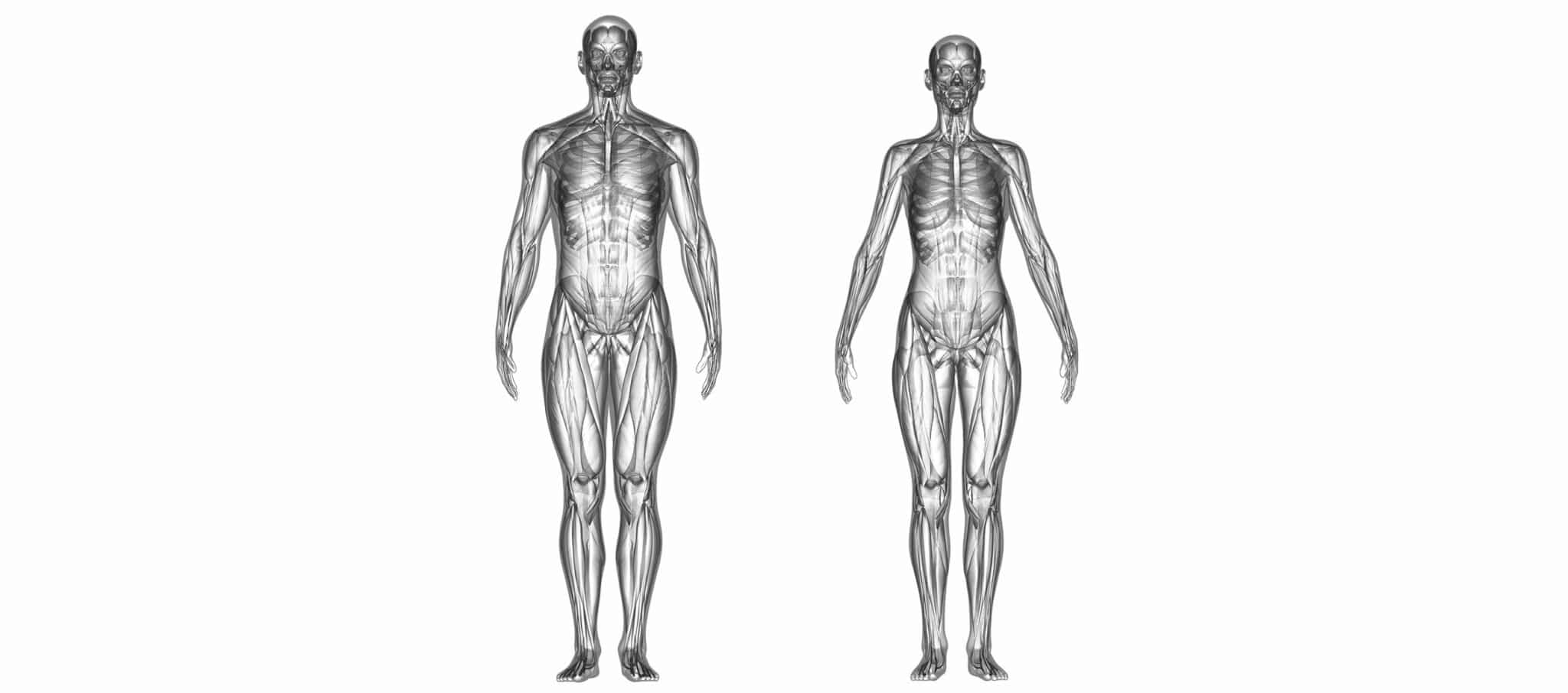How platelet injections work
For the treatment of osteoarthritis or other conditions, this technique consists in injecting platelet-rich plasma containing growth factors from the patient’s own blood into the poorly vascularized, damaged areas to stimulate repair. The growth factors act on neovascularization (formation of new blood vessels in the damaged area), regeneration of collagen fibers, and cell activation to promote tissue restructuring, thus triggering the natural healing and regeneration processes of the tissues as well as cartilage repair. PRP treatment also helps reduce cartilage catabolism or deterioration and decrease inflammation as well as synovial hyperplasia (development of a membrane around the joint) resulting in less pain and enabling a return to normal activity in addition to long-term patient remission.
The PRP or platelet injection procedure
Platelet-rich plasma injections involve 3 steps :
- Sampling: this step consists in a taking a blood sample from the patient, a small quantity is enough. The plasma is then centrifuged to separate the red blood cells from the platelets which contain the growth factors. After centrifugation, the platelet concentration is 5 times greater.
- Preparation of the injectiononly the physician can determine the injection site on an x-ray or ultrasound, especially in the case of deep lesions, to ensure the product is injected directly into the damaged area. If necessary, a mild anesthetic can be administered before the platelet injection (relaxing gas or skin injection). The physician will also disinfect the injection site.
- Platelet-rich plasma injection: the PRP is injected and a plaster is applied. After around ten minutes rest following the procedure, the patient can return home on foot. However, if the platelet injection was carried out on the lower limbs and both sides were affected, then crutches must be used.
The patient may experience mild pain during the first week after the injection. A check-up is scheduled about two weeks after the injection, and the healthcare professional will determine if another injection is necessary.
It is possible to have between 1 and 3 platelet injections 15 days apart.
Platelet extract or PRP to treat osteoarthritis
PRP injections are recommended for osteoarthritis and cartilage damage: early stage osteoarthritis, traumatic cartilage damage caused by an accident, a fall or a sports injury. During the procedure, the platelet injection is combined with hyaluronic acid, which will stimulate tissue healing and regeneration through multiple growth factors released by injection of the platelet-rich plasma, obtained by centrifugation of the patient’s blood, into the affected joint. The treatment will help regulate inflammation, and the patient will recover stability and painless movement.

